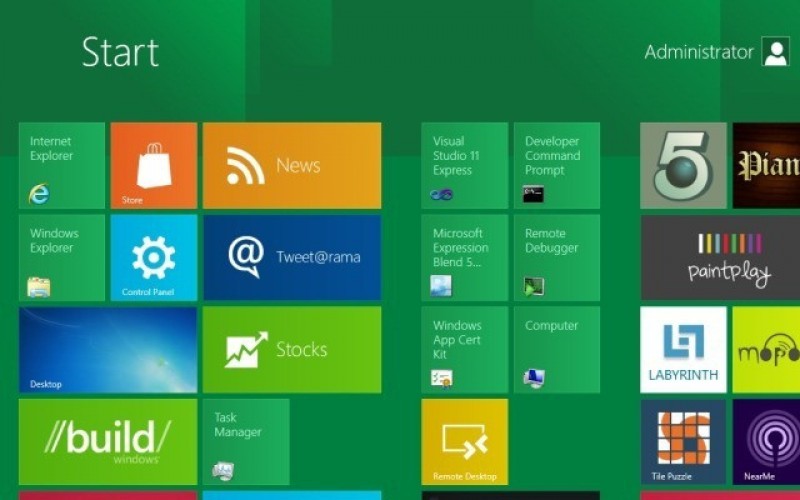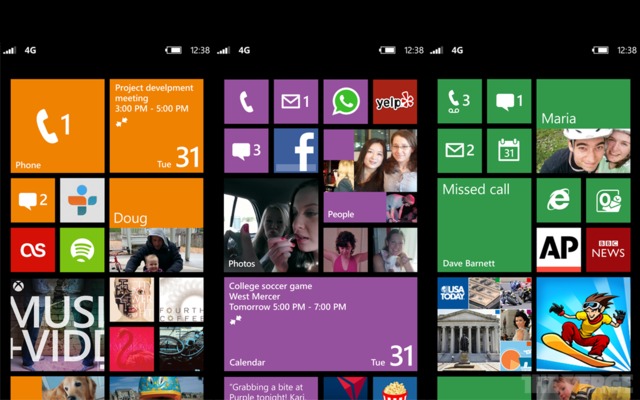Microsoft‘s long-awaited Windows 8/Windows RT OS launches later today, along with the company’s highly-anticipated Surface tablet.
What’s the difference between Windows 8 and Windows RT?
The operating systems and the Surface represent a complete overhaul of the world’s most popular Windows operating system, and as such, are a bit of a risky venture for Microsoft, who is taking the chance in order to remain relevant in today’s market that is largely dominated by Google‘s Android and Apple‘s iOS.
Most words describing Windows 8 tend to be something along the lines of “beautiful” and “radiant”
The Windows 8 OS has been met with both praise and criticism. Most words describing the new OS tend to be something along the lines of “beautiful” and “radiant.” Microsoft’s way of blending form, function, tablet, and desktop was done the only way it could be without making a completely new OS exclusively for desktop use (of course, this would be pointless seeing as how the PC market is in rapid decline). There are some who feel that the OS poses too much of a learning curve to the audience at large. It is a completely new and different experience and that experience shows the most promise on touch screen devices. For those on desktop computers, the transition can be a jarring one.
As both a Windows Phone user and someone who loves to see huge changes in tech (not the very subtle changes other operating systems often push through), Windows 8 is a chance I’m excited to see them take. When moving forward with any OS, often the changes can be difficult at first, but people can adapt if they want to. They have to devote more than just a few hours to the new OS. Once they do, the changes will become easier to accept and before long, they’re going through the motions on their computers every bit as quickly and easily as they do on Windows Phone and other tablet and phone operating systems.
Speaking of Windows Phone, Windows Phone 8, Microsoft’s newest mobile OS, launches just three days from now, bringing with it the next wave of mobile devices from the company’s OEM partners, including the Nokia Lumia 920 and the HTC Windows Phone 8x, both of which are compatible with Truphone’s GSM SIM service. I’m very excited for this OS (though I do not fully agree with Microsoft’s keeping the SDK a secret from developers).
Without a doubt, October is a very exciting month for Microsoft fans. Here’s hoping their risky Windows 8 gamble turns into a successful one, and Windows Phone 8 finds its place among the best of the mobile environments. After all, with more competition comes more innovation and better experiences for consumers all around the world.


